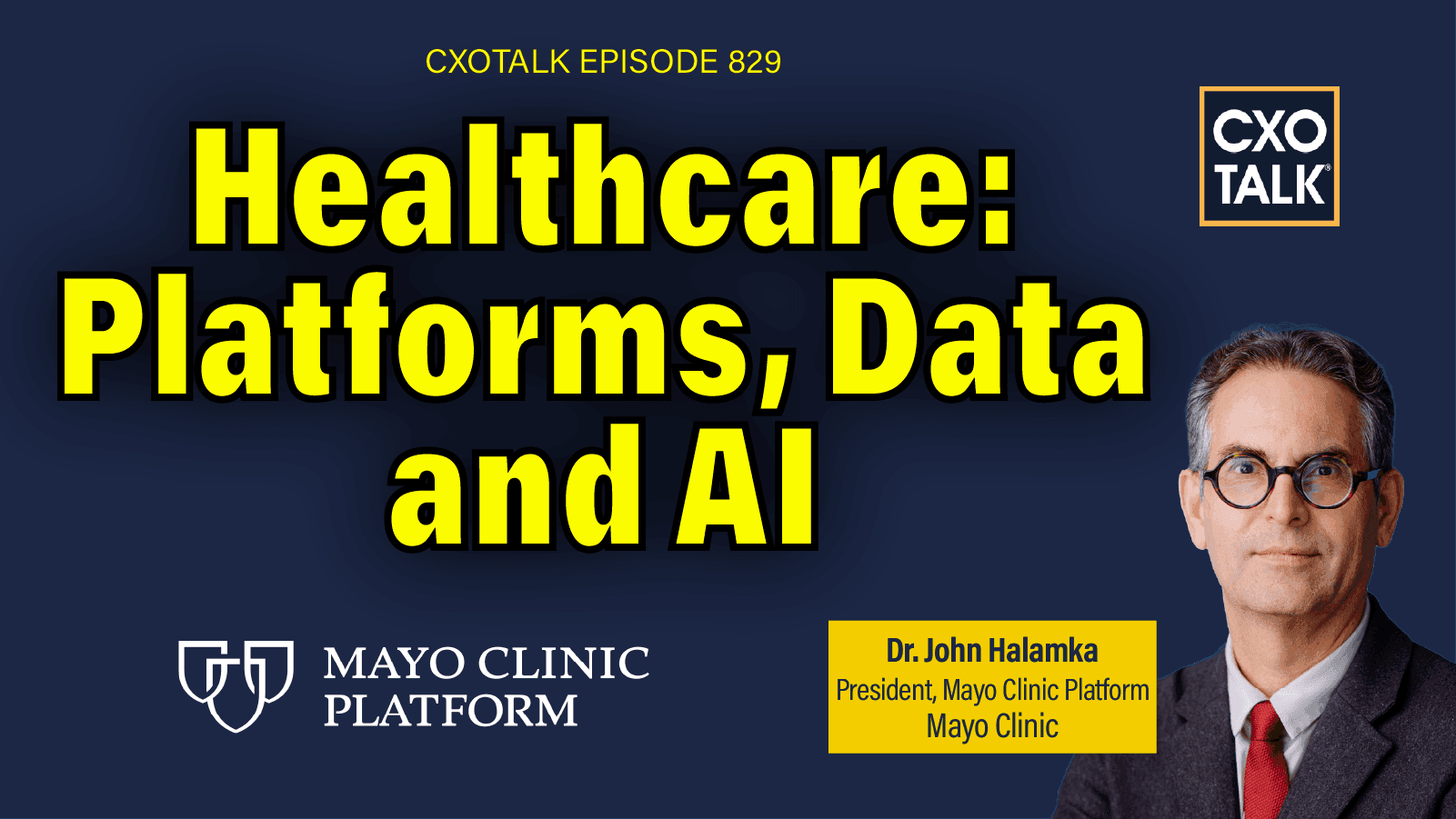The Role of Video Case Studies in Healthcare Marketing: Real-world Applications and Outcomes
Meta Description: Explore the significance of video case studies in healthcare marketing, their real-world applications, and the positive outcomes they yield for patient engagement and brand loyalty.
In the ever-evolving landscape of healthcare marketing, the integration of video content continues to grow in significance. With over five years of experience in SEO and having helped more than 20 organizations optimize their online presence, I am excited to delve into the transformative role of video case studies in enhancing marketing strategies within the healthcare sector.
Video case studies are more than just marketing material; they are powerful storytelling tools that showcase real patient experiences and success stories.  In this blog post, we will explore why video case studies are vital for healthcare marketers, practitioners, administrators, and digital marketing professionals. We will also look at successful applications and outcomes, emphasizing how these tools can foster trust, increase patient engagement, and drive conversions.
In this blog post, we will explore why video case studies are vital for healthcare marketers, practitioners, administrators, and digital marketing professionals. We will also look at successful applications and outcomes, emphasizing how these tools can foster trust, increase patient engagement, and drive conversions.
Why Video Case Studies Are Essential in Healthcare Marketing
1. Educational Purpose
At their core, video case studies serve an educational purpose — informing healthcare marketers, practitioners, and administrators about the benefits of visual storytelling. They effectively communicate success stories, clarify service offerings, and engage potential patients. By illustrating how care was delivered and the outcomes achieved, video case studies help demystify healthcare processes, making them more accessible to the general public.
2. Demonstrating Value
Video testimonials and case studies illustrate not only the results achieved by patients but also the value of the services rendered. According to HubSpot, video content is 1200% more likely to be shared than text and images combined. This statistic highlights the potential for increased visibility and engagement, enabling healthcare organizations to showcase their impact and foster patient trust.
3. Inspiring Best Practices
By showcasing real-world examples, video case studies can inspire healthcare organizations to adopt innovative strategies. Case studies from successful organizations can serve as best practice models for others, encouraging creativity and effective video production techniques in their marketing efforts.
4. Enhancing SEO
From an SEO perspective, video content can significantly attract traffic by targeting relevant keywords and enhancing on-page engagement metrics. Incorporating videos can increase the time visitors spend on a website, signaling to search engines that the content is valuable and deserves a higher ranking.
5. Engaging Audience
The emotional aspects of patient care are particularly compelling, and video case studies excel at evoking emotions. By highlighting patient journeys that resonate deeply with viewers, healthcare marketers can create a lasting impact that is difficult to achieve through written content alone.
6. Encouraging Action
Compelling video content not only informs but also motivates healthcare organizations to integrate these strategies into their marketing efforts. Presenting tangible data and insights on video effectiveness can spur organizations to adopt a more dynamic and effective marketing approach.
7. Addressing Industry Trends
As the consumption of video content rises across digital platforms, healthcare marketers must adapt to remain competitive. Embracing video case studies aligns with industry trends, allowing organizations to engage effectively in a rapidly evolving digital marketing landscape.
Real-World Applications of Video Case Studies in Healthcare
Successful Case Studies
Let’s explore how leading healthcare organizations have taken advantage of video case studies:
Cleveland Clinic
Cleveland Clinic developed a series of patient success stories that not only humanized their services but also resulted in a 30% increase in patient inquiries. By sharing personal narratives that resonate with viewers, they established a strong emotional connection.
Mayo Clinic
Mayo Clinic utilized video storytelling to explain complex medical procedures such as heart surgeries. These efforts led to a 20% improvement in patient understanding, translating into higher appointment bookings and overall patient satisfaction. 
| Organization | Key Strategy | Outcome |
|---|---|---|
| Cleveland Clinic | Patient success stories | 30% increase in patient inquiries |
| Mayo Clinic | Educational procedure videos | 20% improvement in patient understanding |
The Impact of Video on Engagement and Conversion Rates
Video case studies not only boost engagement but can also enhance conversion rates significantly. A report from Wyzowl indicates that incorporating video into landing pages can increase conversions by up to 80%. This makes video content a compelling addition to healthcare marketing strategies.
Best Practices for Creating Effective Video Case Studies
Creating captivating video case studies involves strategic planning and creativity. Here are key elements to consider:
Storytelling Framework
A structured narrative will engage viewers more effectively. Follow this framework:
- Introduction of the Patient: Present the patient and their initial health challenges.
- Challenges Faced: Elaborate on the specific issues that required attention.
- How the Healthcare Provider Helped: Describe the care and solutions provided.
- Outcomes: Highlight the results achieved and the patient's improved quality of life.
Emotional Resonance
Emotional storytelling can create a deeper connection. Highlight personal experiences and key moments that resonate with viewers, such as a patient's relief after a successful treatment. These aspects can lead to higher recall rates and positive brand associations.
Technical Considerations
Follow technical best practices for video production:
- Optimal Video Length: Aim for 2-3 minutes to maintain viewer engagement.
- Call-to-Action Placement: Strategically place calls to action to encourage further engagement (e.g., scheduling an appointment or visiting the website).
- Use of Subtitles: Add subtitles for accessibility and to cater to a broader audience.
The Role of Technology in Enhancing Video Content
Health tech companies are increasingly utilizing video to showcase their technology and its real-world applications. For example, telehealth platforms employ video case studies to demonstrate how their services deliver quality care effectively.
Trends in Digital Marketing
As video continues to dominate the digital landscape, projections indicate that by 2025, over 82% of all consumer internet traffic will come from video content (Cisco). This reinforces the urgency for healthcare marketers to adopt video strategies to remain relevant and competitive.
Ethical Considerations in Video Case Studies
When creating video case studies, adherence to ethical standards, including HIPAA regulations, is paramount. Ensure that you obtain informed consent from patients before sharing their stories. Transparency helps build trust with viewers.
Compliance Guidelines
- Obtain Written Consent: Always secure consent forms from patients featured in your videos.
- Limit Sensitive Information: Be cautious to not disclose any sensitive health data, maintaining patient confidentiality.
Conclusion
Video case studies are a crucial asset in the healthcare marketing toolbox. They effectively communicate success stories, foster patient engagement, and drive conversions. By understanding real-world applications and outcomes, healthcare organizations can harness the power of video to connect with their target audiences meaningfully.
Are you ready to incorporate video case studies into your marketing strategy? Start today by identifying potential subjects within your organization. For more insights and guidance on healthcare marketing, explore related content or subscribe to our newsletter to stay updated on industry trends!
